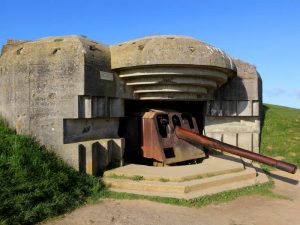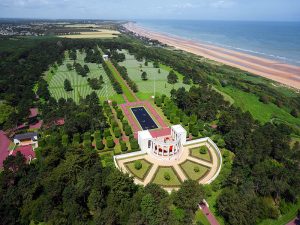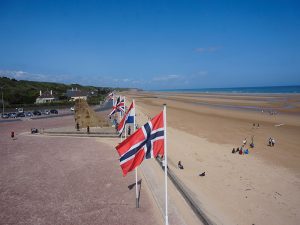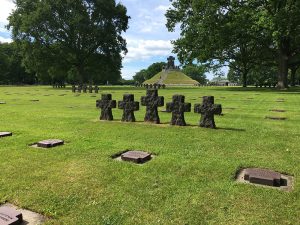Exposition exceptionnelle : "L’Aube du siècle américain : 1919-1944, Under the Red White and Blue" du 8 mai 2024 au 5 janvier 2025
The educational team at the Caen Memorial Museum offers guided visits adapted to the level of your students. The children are equipped with headsets. They listen to the mediator and answer questions on the various objects and documents encountered during the visit.
Duration: 1 hour 15
Ask your students to bring their own wired headphones if they have them.
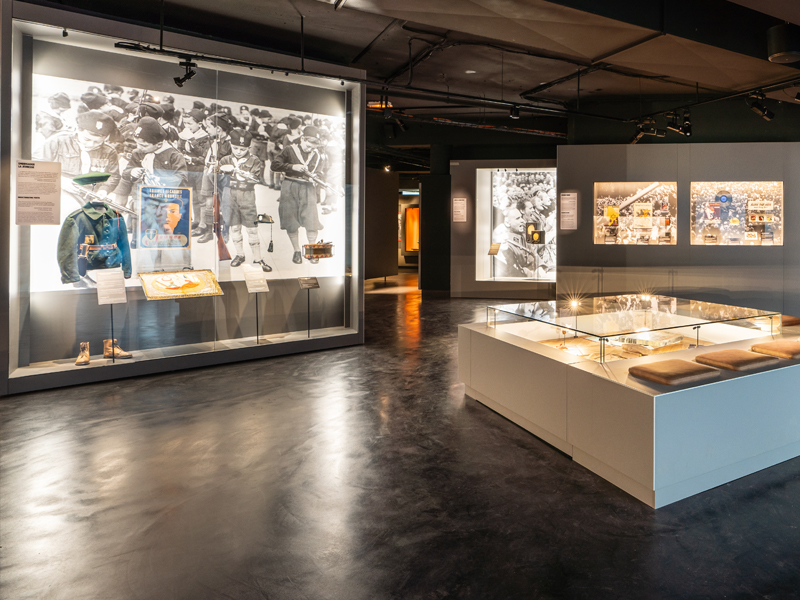
From the origins of the Second World War to its end, the first exhibition recounts and explains the first half of the 20th century.
From the catastrophic outcome of the First World War to 1939. How the idea of peace after the «war to end all wars» gradually disintegrated.
What was daily life like for French people? In this section, a wartime newsreel presents the Battle of Britain, a country which “would never surrender”.
In a war that becomes «total», aggressors devote all their human resources and equipment on achieving final victory.
For the first time ever, this exhibition space deals exclusively with the Invasion of Normandy, a key episode in the liberation of Europe.
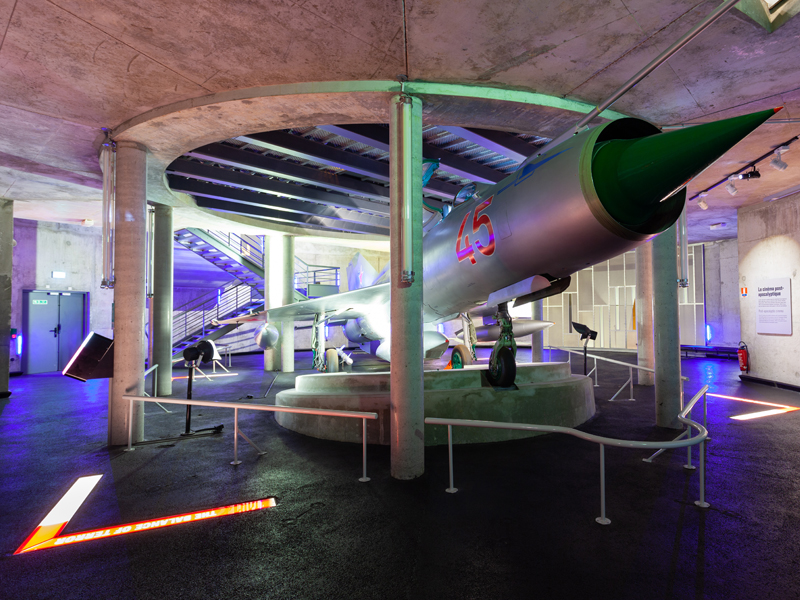
From the end of World War II to the fall of the Berlin Wall, the second half of the 20th century is decrypted in this space.
Divided into four zones of occupation in 1945, the city became a major issue for the Americans and the Soviets during the Cold War. Berlin has become a symbol of the Cold War, an emblem of East-West antagonism.
During the Cold War, the two powers waged an unbridled arms race. A genuine Soviet Mig-21 and a French missile from the plateau d’Albion are real-life examples of the frantic nature of the arms race in general and, more particularly, of the nuclear arms race.
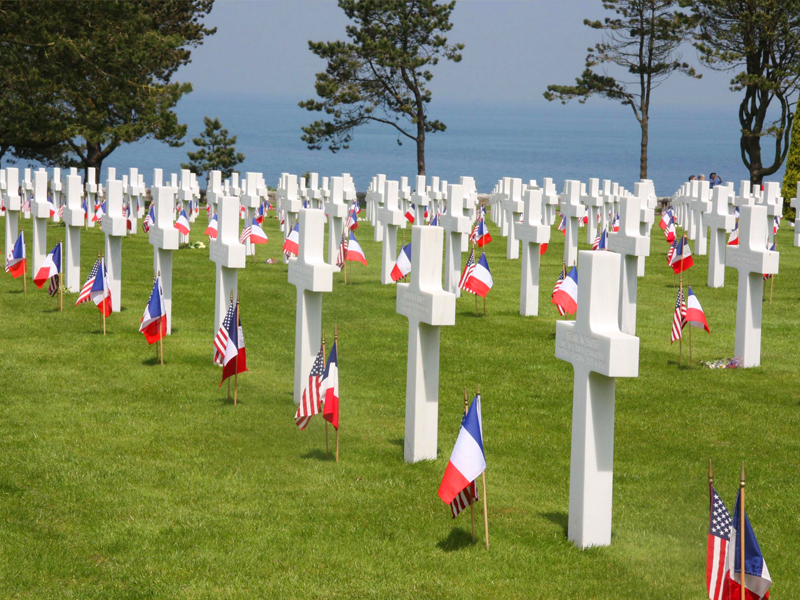
How the site visits are organised:
Duration: 3.5 hours
